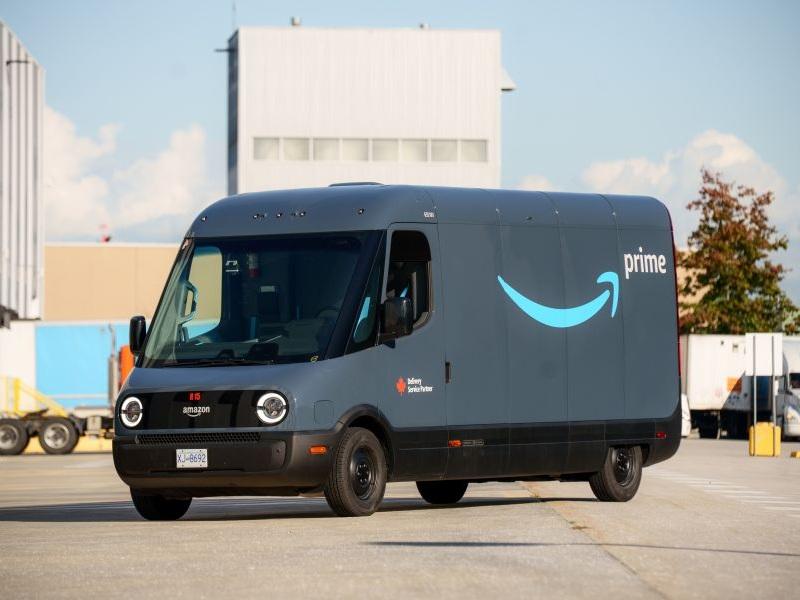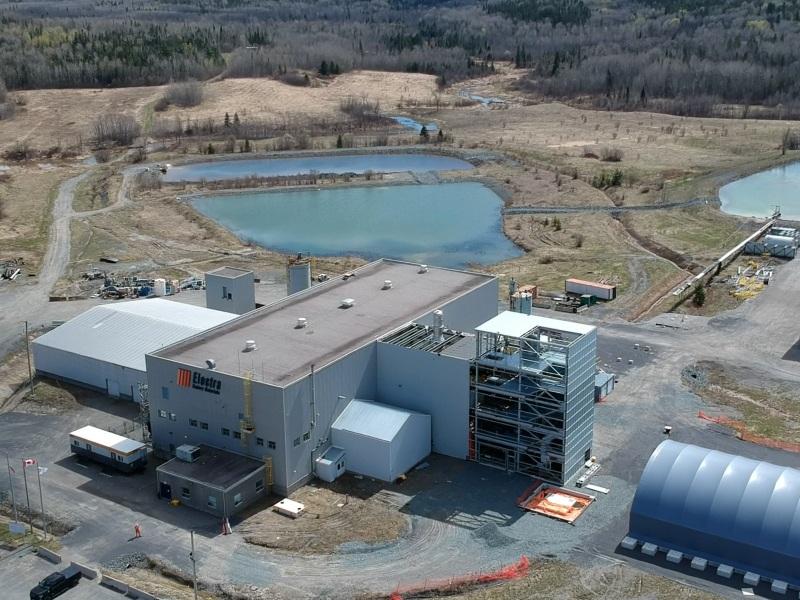
Sarah Bingham is director of development and sustainability at Adera Developments in Vancouver (Courtesy Adera Developments).
It has become a widely-known fact that the construction industry is one of Canada’s worst polluters. It doesn’t need to be that way, but if we don’t take the right actions as an industry, the situation could get worse.
Global construction output is expected to grow by nearly seven per cent this year, and by 42 per cent by 2030, according to a report called The Future of Construction: A Global Forecast for 2030, by Marsh with Oxford Economics.
The report says government investment and surging residential demand will boost the construction industry, but that recipe will also increase pollution from the sector, which accounts for about 12 per cent of total GHG emissions in Canada.
The path toward cleaner, greener development and building can be confusing, daunting, time consuming and discouraging. It doesn’t need to be that way.
There are a handful of strategies and shifts Canadian developers can make in a hurry that can have real impact on reducing carbon emissions, making development and construction cleaner, quicker and less damaging to the environment.
As we pay close attention to the global COP26 climate change conference happening in Glasgow, which aims to tackle the climate crisis, here are five things Canada’s developers and builders can starting working on now to improve sustainability and fight against climate change.
Embrace renewable building materials like mass timber
Timber harvested from sustainable, certified, renewable third- and fourth-growth Canadian forests is part of the solution.
We know mass timber building products like Cross Laminated Timber or Glue Laminated Timber sequester carbon for the life of the buildings, while helping to build homes and business spaces that are cleaner, more attractive and just as sturdy and fire resistant as steel or concrete buildings of similar size.
Mass timber panels are prefabricated offsite, resulting in quieter, more efficient and less congested worksites.
Tall timber buildings are now enjoying a resurgence in Canada, showing the world this material can be safely used to construct much greater heights. Several municipalities in Metro Vancouver now permit timber buildings up to 12-storeys high. We believe we can go even higher with timber and timber-hybrid systems.
Pursue green building certification programs
Developers and builders who look for guidance and solutions will find plenty of support and roadmaps for sustainable success.
It’s essential for teams to research and get involved in green building and occupancy wellness certification programs for residential and commercial projects such as LEED, Fitwel, provincial energy efficiency programs (e.g. Step Code), Passive Haus, Boma Best and Built Green.
These programs specifically guide the residential and commercial building design, construction and operations process while providing accolades that boost branding power and attract a larger base of buyers, investors and tenants.
Get disciplined with your development site selections
One of the most important greening tactics that can start happening now is to choose a site that is walkable and ideal for sustainable transportation.
This means choosing development properties that are well connected to transit and are bike friendly. The closer you are to essential amenities, green spaces, services and shops, the more walking and cycling your occupants will enjoy. That means fewer vehicle trips, less neighbourhood road congestion and a more active, healthy lifestyle for your residents and workers.
It’s time to prioritize buying properties in high-density urban nodes that are ripe for clean buildings.
Put your mind in the heads of your future occupants
Beginning right now, developers should start thinking about their buildings more holistically while putting themselves in the shoes of their future owners and tenants. Sustainable still needs to mean comfortable, beautiful, safe and solid.
One great example is the biophilic benefits of mass timber and natural features and amenities inside the home.
We are learning that biophilic design, such as using wood in the interior of a building, can have mental, emotional and physical benefits. Being close to natural products makes us feel closer to nature, and that makes us feel less stressed, more positive, calm and healthy.
Become more sophisticated about your own supply chain
Many developers and construction companies are struggling right now with their supply chains as the pandemic continues to cause shortages and disruptions globally. It’s also common for builders to not know where or how their construction materials are made, or with what.
This challenge represents an opportunity to rethink where our building materials come from. Now is the time to start thinking local, buying local and educating your team about the quality and healthiness of the products you build with, including windows, drywall, doors, flooring and more.
Creating a local, regional or national supply chain doesn’t happen overnight, but builders can start charting that plan beginning tomorrow.








